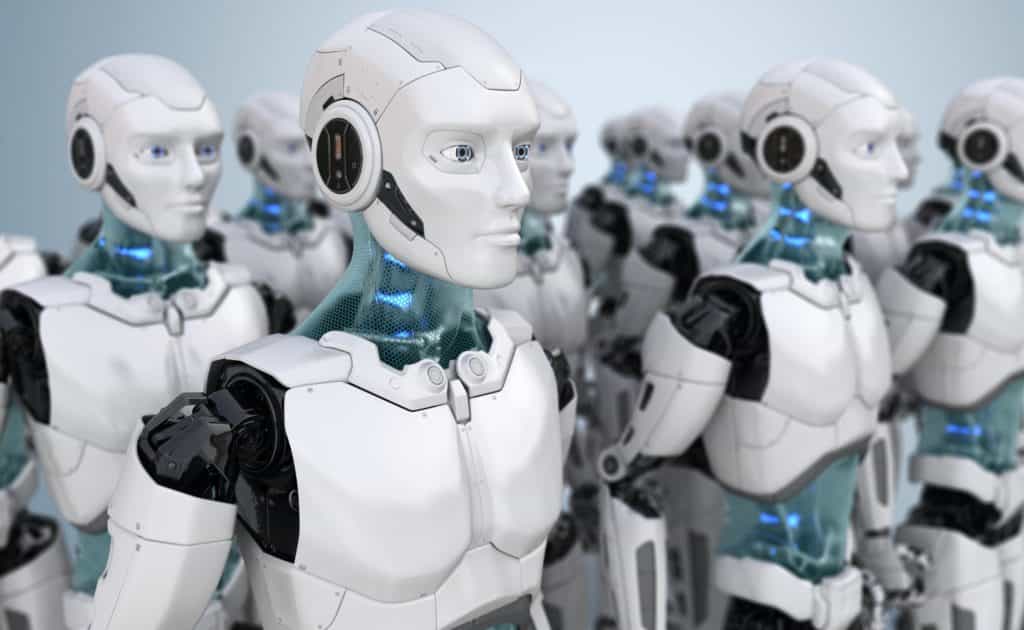
In Part 1 of this blog post, I spoke about my first real experience using modern claims technology – digital estimatics. That experience was a profound one, and set me on a course of constant curiosity about technology and its impacts on the world of adjusting. Although I no longer adjust claims, my heart is still in the game and my daily glory is finding ways to bring technology to the process, to make claims better. It’s an amazing time to see the rapid transformations happening in our day-to-day experiences.
In the late 90’s, I headed up my then-employer’s initiative to build a Claims Management System. My primary software developer knew little if anything about insurance, and less about claims. I had to explain the basics, so he would understand the general purpose of this project. When I explained the process of managing claims in the aftermath of a disaster, he jokingly said, “Why don’t they just drop some kind of mini computer/camera into the storm and let it record all of the damage, everywhere.” Goofy, right? I thought that was a pretty silly suggestion at the time as well, but for some reason, its been stuck in my head for over 15 years.
Let’s take a look at some of what has developed within the world of insurance claim adjusting since then…
The first piece to this transformation of process from paper to electronic claim files, was the digitalization of the estimatics platform. During that same era came digital cameras, along with the electronic claim file, enabling email to replace the fax machine for assignments and return of completed work product. In 2000, E-Claim (that’s me) launched the industry’s first online claim assignment platform, allowing carriers, via the Internet, to locate and make assignments to thousands of vendors in our network of service providers. Then, in 2004, we launched ClickClaims, which at that time was one of a few, or maybe the only, fully web-enabled Claims Management Systems on the commercial market.
Another major leap, at least in my view, came a few years later with the launch of aerial imagery, diagramming, and estimatics. I am no expert in this space, for certain, but one need not be an expert to envision the potential implications to the property adjusting profession. While this technology and the delivery of this service continue to evolve, a related platform is on the horizon – drones, also known as Unmanned Arial Vehicles (UAVs). I believe drones will see commercial adaptation and injection into the claim process quickly, once the FAA Rules regarding commercial usage are published (expected late 2015). Based on this, I will be publishing an on-going series of blog posts titled, “The Rolling Drone”, which will give updates and insights into the technology of UAV’s, rules and regulations, and insurance industry’s adoption of the services that could spawn from these new technologies.
So, back to my developer’s science-fictional prognostication about documenting property losses – it doesn’t sound so far fetched anymore, now does it?
Drones now have ultra HD (4K) cameras that can capture details that might be hard for even the human eye to notice. So, what’s the need to have an adjuster take photos, at least of the exterior, right? Well, assuming the technology gets developed to use the drone imagery to create the CAT file/diagram, and the estimate, what will be the adjuster’s role? Can machines completely replace all areas of observation, measurement and perspective of the human eye? Doubtful…
Last week, drone manufacturers announced breakthroughs in collision-avoidance systems, allowing UAV’s to operate autonomously (no pilot needed), without concerns about the unit crashing into a street light, the dwelling itself, or worse, a person. Is it unthinkable to imagine that a drone could be remotely dispatched to an insured loss, fly itself above and around the dwelling, capturing 360 degree video in HD, which is simultaneously streamed to the claim processing center, which could be any in another city/state/country (we all know diagrams and estimates are already being sourced offshore, right)?
For some insight into what State Farm might view as the future for roof inspections, follow this link:
https://www.regulations.gov/#!documentDetail;D=FAA-2014-0846-0001 (click near bottom to open the pdf)
Click here to see some cool footage of a drone capturing earthquake damages:
https://www.stuff.co.nz/national/64886329/drone-cameras-capture-birds-eye-views-of-christchurch-quake-damage
“What about the interior damage you say?” That’s obviously more of a challenge, but my wife swears by her Roomba (iRobot) – who ever thought in our lifetimes that a robot would be cleaning our homes? Could a drone capture interior damage? Check this out:
iRobot Founder Now Building Tiny Hovering Drones:
https://www.wired.com/2012/12/cyphy/
And, look what the military wants to happen with miniature drones:
https://www.wsws.org/en/articles/2015/01/05/dron-j05.html
“DARPA is preparing to dispense several initial $5 million contracts to companies bidding to produce the new drone models sought by the US military, which will have the ability to fly inside structures, maneuver through tight spaces, and operate autonomously from human controllers, all at speeds of up to 70 kilometers per hour. The drones are specifically designed to mimic the flight capabilities of the goshawk, a bird species. Private sector firms will begin submitting bids as early as Tuesday.” … “The new autonomous control systems sought by the Pentagon will enable a few skilled computer programmers to direct a fleet of highly agile drones.”
Not convinced yet? Well, I am not totally sold, but the technology is evolving so rapidly that I cannot help but feel the future is now, and there is no stopping technological advancement. If a computer/robot can do a task, eventually it will. I am not predicting the end for insurance adjusters, but clearly this deserves attention and prudent professionals will stay ahead of these developments and find a way to bring value to the process. Drones will play a role, but let’s hope the industry realizes the value of the human experience and doesn’t try and take this too far…
Where this leads to, perhaps no one knows. But, it’s pretty clear we will get there quickly, and when we do, there’s going to be lots of “shock and awe”. Perhaps my developer was not so far off base with his whacky predictions some 15 years ago…
Contact Information
Niki Wilson, Director of Sales & Marketing
ClickClaims/E-Claim.com, LLC
nikiwilson@e-claim.com
877.694.8375
www.clickclaims.com
LinkedIn: https://www.linkedin.com/company/e-claim.com-llc

